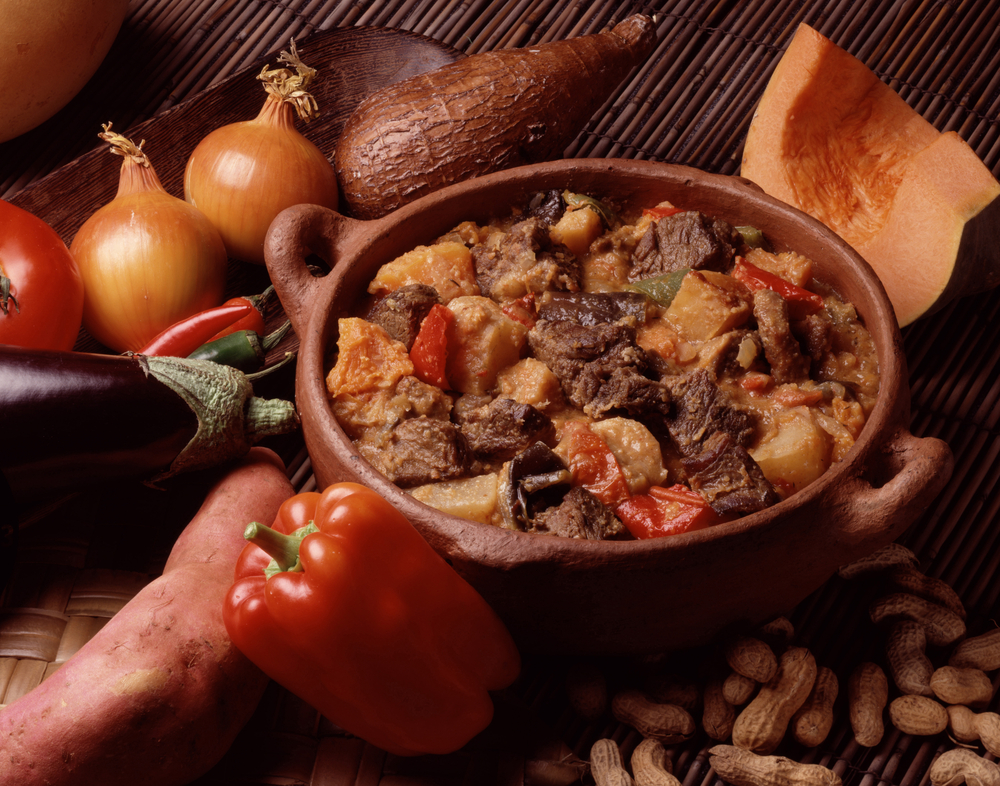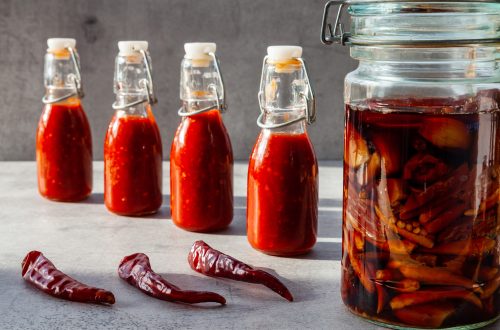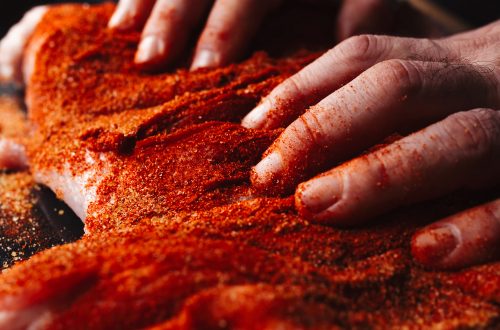
Singing the Praises of Beef Stew
From your email, please click on the title to view the photos and comment online. On the Website, you can read past blogs, search for recipes, and browse.
Now is the time of year that many of us want to help ourselves to beef stew. I have a warm spot for this mélange of flavor. It was the first recipe I learned to make when I was growing up. That stew was nothing special – just beef chunks dipped in flour and browned, then braised slowly in liquid with onions and carrots. When the vegetables and meat were tender, I’d add some frozen peas along with salt, pepper, and seasoning. I got by with that recipe for a few years, but by the time I had moved to Boston, I had discovered a new beef stew: carbonnade à la flamande. That Belgian version features beer as the braising liquid, and I added rosemary as the main herbal flavoring.
A good beef stew is truly a symphony. When the beef is properly browned, it’s the violin section. The aromatics are the low-note instruments – cellos, string basses, and low brass. Various fresh vegetables are the high brass and woodwinds, and the herbs and spices are the flutes and percussion. The rest is up to the composer. The diners are the chorus.
A multilingual tradition
Almost every food tradition around the world has its own beef stew so that your dinner guests can have a taste experience from the 1812 Overture to Rhapsody in Blue. While the basics are the same – beef, local vegetables, a liquid, herbs and spices – the recipe composition is what sets them apart. The French have their boeuf bourguignon and beef daube, Russia has its beef Stroganoff, Hungary its gulyas, and Vietnam its bo kho. But you also find locro in Argentina, ropa vieja in the Caribbean, soup joumou in Haiti, stout beef stew in Ireland, bigos in Poland, feijoada in Brazil, beef korma in India, and kare-kare in the Philippines.
The actual chemistry of a beef stew is complex. At its core, each recipe’s flavor depends critically on the cut of beef and its texture and makeup. Julia Child said it best: buy good beef. That doesn’t necessarily mean expensive. A good chuck roast is ideal. Chucks have fat marbling around thick strands of beef muscle. Braising melts and oxidizes those fats and builds your foundation of flavor. Browning the chunks of beef prior to braising the stew is also critical, since it sets up a chemical reaction that triggers additional flavor as the proteins and simple sugar molecules in the beef bond and mix to form an aroma and flavor engine. Another key element, roasting low and slow in the oven, allows these reactions to continue as the collagen in the meat breaks down, allowing a much more tender and flavorful beef. Cooking in the oven at a constant, low temperature allows the heat to be evenly distributed. Plus, boiling beef in liquid is the most nutritious process, as the final stew contains many nutrients including amino acids and B vitamins easily absorbed and used by the human body.
A good set of aromatics is also key. Onions can enhance the freshness and saltiness of broth. And then there are the vegetables. In most areas of the world, the freshest seasonal vegetables are part of the mix. Mostly, these are root vegetables – carrots, potatoes, parsnips, turnips – but some also include tomatoes, mushrooms, peapods, and other flavorful vegetables. Poland uses sauerkraut. Even peanuts, as in the African beef stew in the top photo. As for the stock, some don’t go beyond water or broth. But the more flavorful include wine, beer, cider, or other flavor enhancers.
International ensembles
Then there’s the mix of spices and herbs. That’s where the international flavors vary all over the map. North Africa’s stews feature ginger, cinnamon, coriander, and the ras el hanout spice mix. Japanese favor soy sauce and mirin. Hungary has its paprika and caraway while Mexico features chipotles and oregano. You’ll also come across lemongrass, star anise, and curry powder. And last but not least, some stews include dried fruit for a hint of sweetness: prunes, apricots, and even pickled walnuts.
At this time of year, there’s nothing like a good beef stew on a snowy or cold, rainy day. I’ve included links to collections of international stews by All Recipes, Food and Wine, and food writer Ang Sarap. As for you, what’s your go-to beef stew?
Please click on the headline to view the blog on the website. You can log in and comment at the end of the blog to share your thoughts and start a discussion, or suggest a topic for Farmboy in the Kitchen.
If you’d like to share the blog, click on the Facebook icon or one of the others. Thanks!




